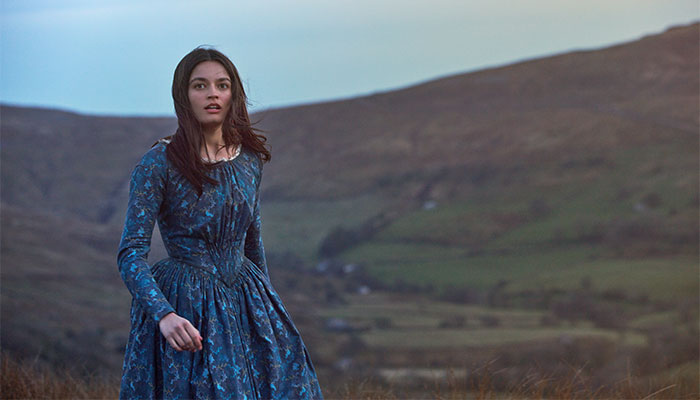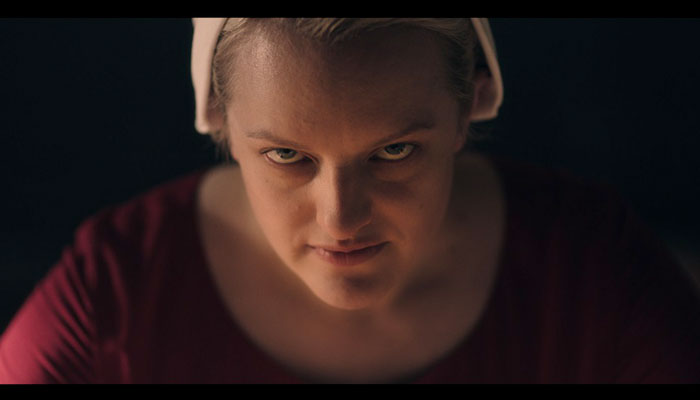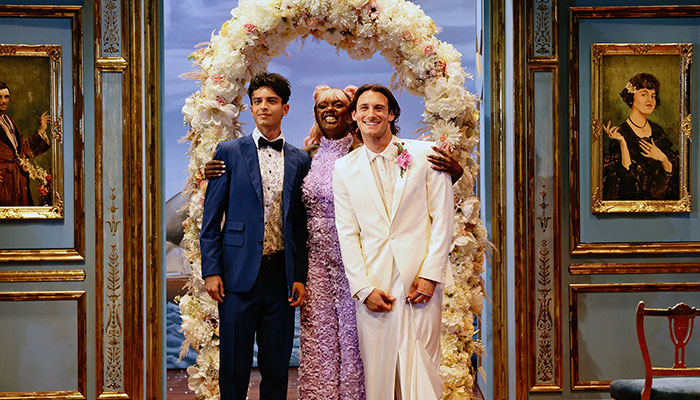For nearly 500 years, novelists, poets, playwrights and producers of movies, television shows and popular musicals have been obsessed with King Henry VIII’s second wife.
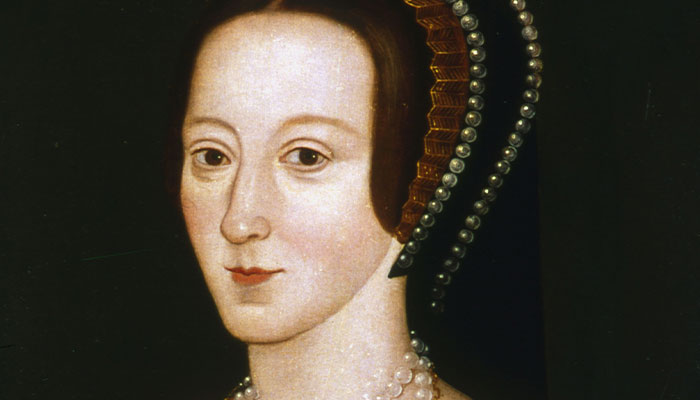
Star of centuries: A portrait of Anne Boleyn, second wife of King Henry VIII. Nearly 500 years after her beheading, she is an internet phenomenon.
Appetite for her story has only increased over time. In the first two decades of the 21st century alone, the list of novels about Anne Boleyn is longer than the list produced in the whole of the 20th century.
There are hundreds of novels based on her life, possibly 300 works of fiction alone. And not all are straightforward historical fiction. There are Anne Boleyn time travel novels, vampire novels, ghost novels, Gothic mash-ups, and young adult novels that cast Boleyn as a high school student or an actress.
Boleyn is now an internet phenomenon – there are Facebook groups, YouTube channels, and sites dedicated to everything from Anne Boleyn tattoos and quotes to fan art. Her online fans worship her in the way they might “triple heart” a boy band or a television show.
There are so many emotional and motivational gaps in Anne’s story that historical fiction can latch on to.
Few characters oblige chroniclers with such highs and lows – from becoming Henry’s much-desired Queen in 1533 to her grizzly beheading just three years later (to be fair, Henry kindly allowed a sharp French sword rather than the usual crude English axe), after being charged with conspiracy, adultery, and incest.
We know most of the key dates and the historical details of Boleyn’s life (although her birth year is debated) but we don’t know what the Queen felt about any of it or what motivated her.
The way historical fiction works is you find the gaps in the historical record and fill them in with imagination, and there are so many emotional and motivational gaps in Anne’s story that historical fiction can latch on to.
In her 2017 Reith Lectures, Hilary Mantel, author of Wolf Hall (2009), Bring Up the Bodies (2012) and The Mirror and the Light (2020), in which Anne plays a key role, said of the ongoing fascination with the Queen: “You can tell the story and tell it. Put it through hundreds of iterations. But still, there seems to be a piece of the puzzle missing.”
An Anne for every age
The ways in which Anne Boleyn has been represented tends to be shaped by the thinking of the day.
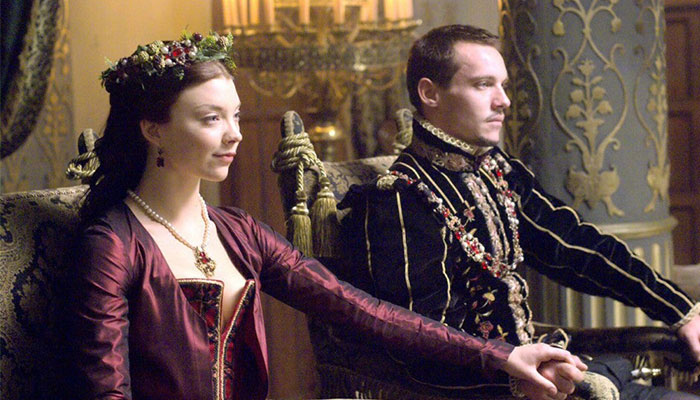
Power player: Actress Natalie Dormer in The Tudors, pictured with Jonathan Rhys Meyers as King Henry VIII, encapsulates the way people see Anne Boleyn in the 21st century, says Dr Russo. Photo credit: Showtime
In the 16th and 17th centuries, religion dictates the narrative. To Catholics she is the evil woman who has caused Henry to stray from the Catholic Church; to the Protestants she is the pious woman who leads Henry to the English Reformation, with the most famous example being Foxe’s Book of Martyrs.
In the 18th century it’s all about the patriarchy, and women’s lack of power in the marriage market. Eighteenth-century Anne is like a Jane Austen character; at least, she is in the hands of Sarah Fielding, the sister of the famous novelist Henry Fielding
- Testing everyone is key to limit COVID-19 deaths, study finds
- Please explain: Can you learn resilience?
In the 19th century Anne is often depicted as an innocent victim, a quiet, serious woman preyed upon by the evil Henry. She’s passive, taking what’s dished out in a martyr-like fashion. However, evil Annes are still there in the 19th century, as in M.P. Shiel’s Cold Steel, where Anne is a ruthless monster who terrifies men.
Twentieth-century Anne is ambitious, scheming. The story now centres on Henry Percy, the man she may have been betrothed to. Henry blocks the engagement, and Anne uses his interest in her to wreak revenge. Her ambition for power comes about because she has been disappointed in love. That becomes the baseline story of almost every 20th century novel about Anne, starting with Mary Hastings Bradley’s The Favor of Kings in 1912
A cautionary tale
What’s interesting about the 1960s and the 1970s is what the second wave of feminism does with the story. Anne either voices beliefs that we would now understand as feminism or, as part of a feminist backlash, she becomes a cautionary tale about the career woman who puts ambition ahead of family. Should she have looked for love elsewhere? You choose a marriage without love and you live to regret it!
In 2020, Boleyn can speak to us as an avatar of feminine power and sexuality, an intelligent, feisty woman who knows what she wants and how to get it.
A broader diversity of responses prevails in the 21st century. There’s a return to innocent victim Anne and, because Christian novels are on the rise, a return to Anne the Protestant heroine.
Novelists are out to rescue her from the taint of being a power-hungry schemer. But overriding those is Anne as a savvy power-player. Natalie Dormer, in the television series The Tudors, encapsulates the way people see Anne Boleyn in the 21st century.
In 2020, Boleyn can speak to us as an avatar of feminine power and sexuality, an intelligent, feisty woman who knows what she wants and how to get it.
The real Anne Boleyn might be elusive, lost to history and forever unknowable, but the literary Anne Boleyn has much to reveal to us about the still vexed intersection of ideologies of gender, sexuality and power.
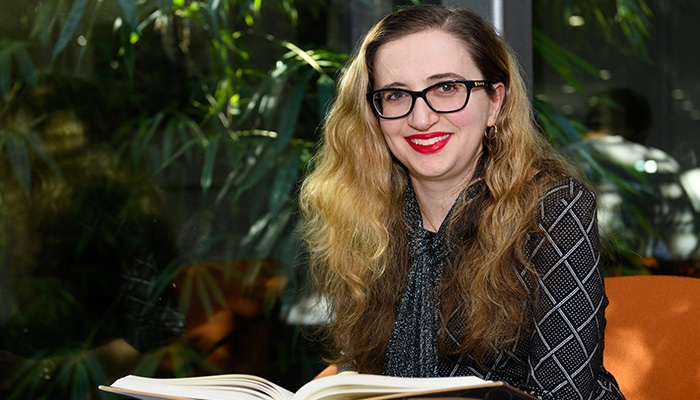
The Afterlife of Anne Boleyn: Representations of Anne Boleyn in Fiction and on the Screen, by Stephanie Russo, is published by Palgrave Macmillan. Dr Russo (pictured) is a Senior Lecturer in the Department of English at Macquarie University.
The Anne Boleyn playlist
- THE MUSICAL
Six is a pop musical that is clever and light-hearted. Which wife suffered most? In the song Don’t Lose Ur Head, Anne asks: “Like, what was I meant to do?” It aims to rehabilitate the identities of the six Queens.
THE BOOKS
Prolific novelist Jean Plaidy wrote two novels about Anne. Murder Most Royal (1949) is the most enticing of the standard narratives, juxtaposed as it is with the story of Catherine Howard, the fifth of Henry’s wives, also beheaded. Well-researched and complex. The Dead Queens Club, by Hannah Capin, sets the story of Anne Boleyn in a modern high school. Henry is a high school stud with a string of girlfriends, one (Anne) who dies in a fire and another (Katie) in mysterious circumstances. A teenage feminist revenge thriller.
THE TV SERIES
The best portrayal of Boleyn is in the TV series The Tudors (Showtime). Natalie Dormer is fantastic in the role – clever, ambitious and manipulative, but you can also sense honour. In her last episode, Dormer rachets up the tension and makes the viewer feel Anne’s visceral despair and anxiety over her fate.
THE FILM
Geneviève Bujold in Anne Of The Thousand Days (1969) plays another intelligent, compelling Anne. Very much of its time, Richard Burton was Henry VIII and the movie was nominated for 10 Academy Awards.

